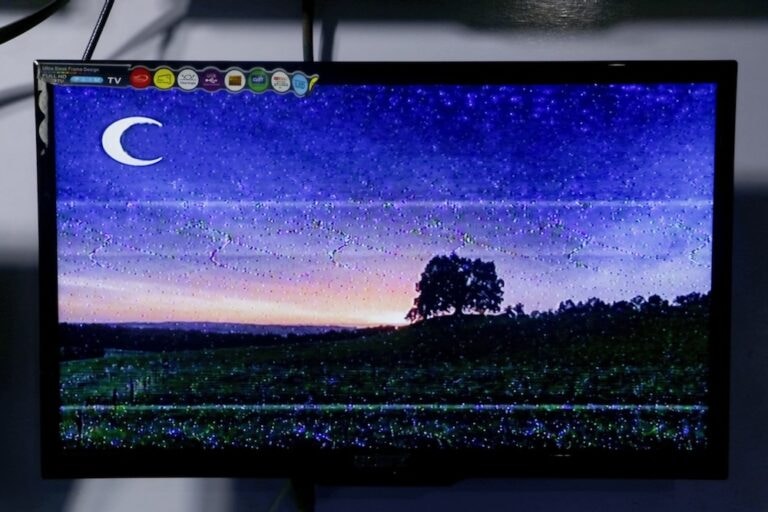(RSF/IFEX) – On 20 November 2001, the bodies of the four journalists who were killed on the road between Kabul and Jalalabad were brought to the Jalalabad hospital, where their colleagues formally identified them. The killed journalists are Harry Burton, 33, Reuters Video News cameraman; Azizullah Haidari, 33, Afghan-born photographer for the Reuters news agency; […]
(RSF/IFEX) – On 20 November 2001, the bodies of the four journalists who were killed on the road between Kabul and Jalalabad were brought to the Jalalabad hospital, where their colleagues formally identified them. The killed journalists are Harry Burton, 33, Reuters Video News cameraman; Azizullah Haidari, 33, Afghan-born photographer for the Reuters news agency; Maria Grazia Cutuli, 39, special envoy in Afghanistan for the Italian daily “Corriere della Sera”; and Julio Fuentes, 46, war reporter for the Spanish daily “El Mundo”.
New testimonies have clarified the circumstances of their deaths. According to witnesses interviewed in Jalalabad, the attack happened near the Tangi Abrishum bridge (Kabul province). Armed men forced the journalists out of the cars and told them, “You are Americans.” The journalists responded that they were European journalists going to Kabul. The attackers forced the journalists to follow them and tried to force them to climb a mountain that bordered on the road. The journalists refused and their attackers beat them and threw stones at them. The men are reported to have declared, “Do you think the Taliban are finished? We are still in power and we will have our revenge.” A few moments later, the armed men shot Cutuli and one of the three other journalists. Then the drivers fled towards the other cars of the convoy. The two other journalists were killed later.
According to Haji Sher Shah, a Northern Alliance commander in Jalalabad, the murderers were probably not Taliban fighters but rather thieves who wanted to put the responsibility on Mullah Omar’s men after their crushing defeat in the province. According to testimonies, the attackers spoke in Pashto and wore traditional Afghan clothes, beards and turbans. Therefore, it seems they were Afghans.
The four journalists had a great deal of experience. Haidari, an Afghan refugee in Pakistan, had worked for Reuters since 1992. He had worked diligently to become a photographer for the agency. He was married and the father of two children, a boy and girl. He had recently expressed his desire to return to settle down in his country. Reuters hired his colleague Burton, a native of Brisbane, twenty months ago. He was well known for his coverage of the East Timor conflict in 1999, when militias and the Indonesian army unleashed a wave of violence against the Timorese.
Cutuli and Fuentes published a scoop the day before the ambush about the discovery of bottles containing sarin gas in an abandoned Afghan camp near Jalalabad. Cutuli, a native of Sicily, had worked for “Corriere della Serra” since 1997, for which she covered several conflicts. “El Mundo” had sent Fuentes to Bosnia, El Salvador and Chechnya. He was married to another “El Mundo” journalist.


